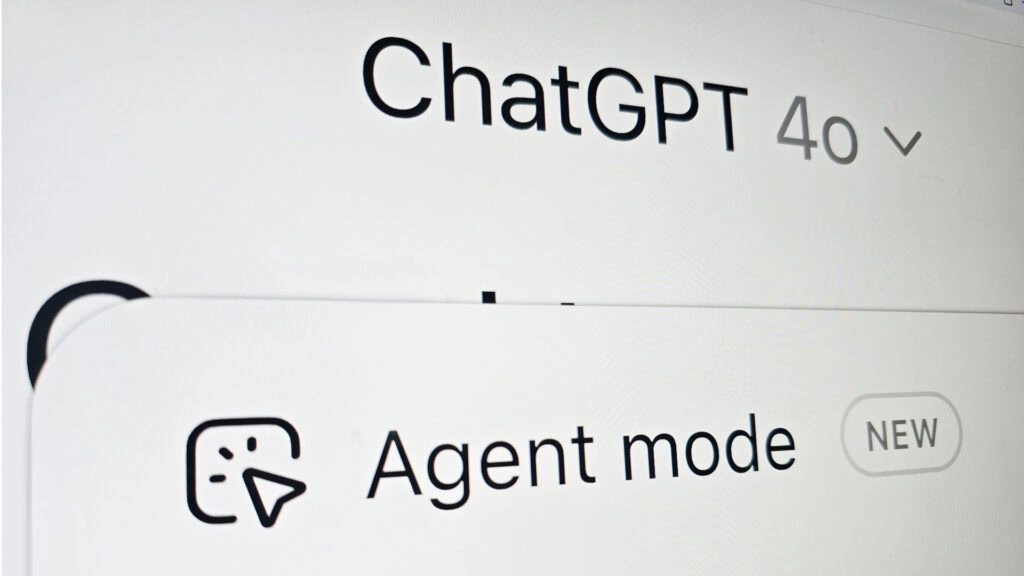After just one day, OpenAI is bringing its popular predecessor GPT-4o back to ChatGPT. Users criticize GPT-5 as soulless and impersonal.
OpenAI CEO Sam Altman has responded to the massive criticism of the GPT-5 rollout and announced that Plus users will once again be able to choose between the models. Just one day after replacing GPT-4o with GPT-5, the company is backtracking and making the popular predecessor model available again.
Users miss the “personality” of GPT-4o
“We will let Plus users choose to continue to use 4o,” Altman wrote on X (formerly Twitter). “We will watch usage as we think about how long to offer legacy models for.” The decision follows a wave of criticism from ChatGPT users who complained about the loss of their familiar AI assistant. The dissatisfaction became clear in online forums and social media, where numerous users wished for the old assistant back. The quality of the answers was also criticized.
Model selection disappeared with GPT-5
With the introduction of GPT-5, OpenAI had removed the model selection from ChatGPT. The drop-down menu previously allowed users to switch between different model variants – from GPT-4o for complex tasks to more efficient versions such as o4 mini for simpler work. This flexibility was initially lost with the GPT-5 update.
OpenAI had advertised GPT-5 as a significant advance in writing and programming capabilities. ChatGPT fans waited months for the release of the new flagship model. But shortly after the launch, many users wanted to return to their familiar assistant.
“Chart Crime”: Embarrassing mistake during the presentation
An additional embarrassment was caused by a serious display error in the live presentation of GPT-5. One chart showed lower benchmark values with disproportionately high bars – a classic case of misleading data visualization that quickly went viral on social media as “chart crime”.
Altman later described the incident on X as a “mega chart blunder”. In the published blog version, the charts were displayed correctly, but the damage had already been done.
OpenAI promises improvements
In view of the criticism, Altman promised to make corrections to the points criticized. “We will continue to work on stabilizing things and listen to the feedback,” he promised.

















